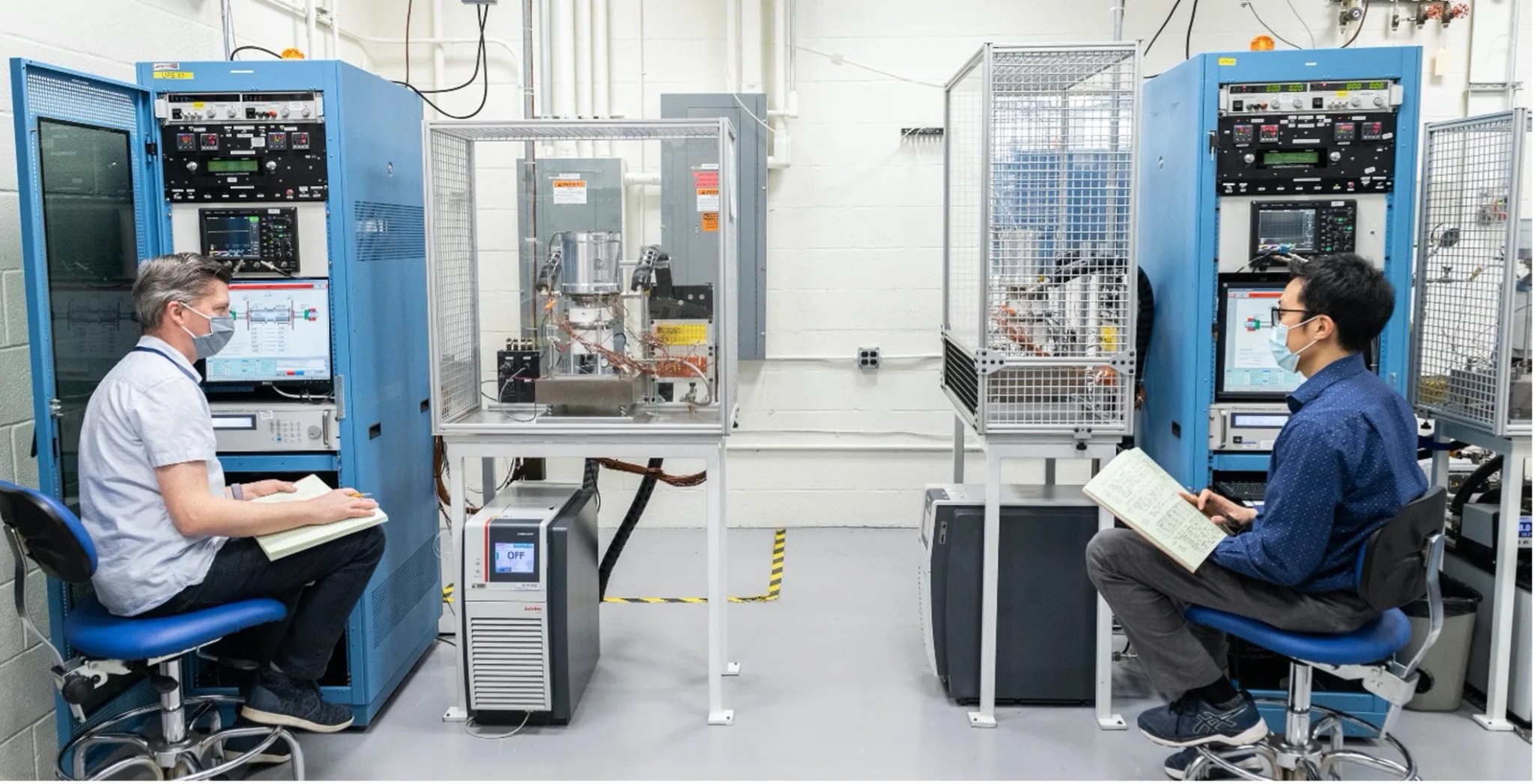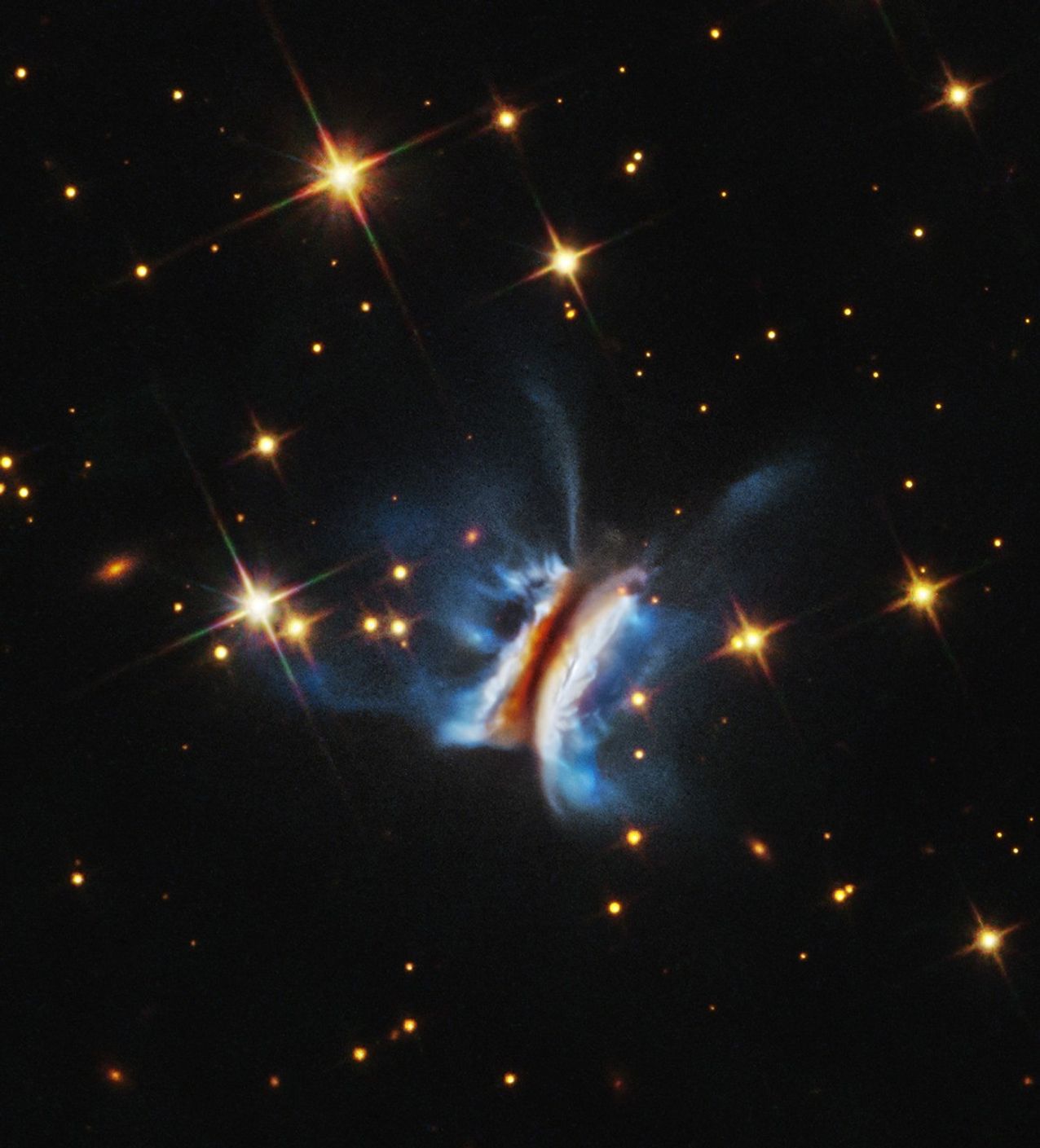PROJECT
Dynamic Radioisotope Power Systems Project
SNAPSHOT
Dynamic Radioisotope Power Systems (DRPS) may enable lunar science payloads to survive and thrive during the harsh lunar night. New robust DRPS have been built and delivered by industry and are in the process of being tested at NASA’s Glenn Research Center. In partnership with NASA’s Radioisotope Power Systems Program, the Department of Energy’s Idaho National Laboratory is in the process of procuring a system-level DRPS design for a lunar demonstration. This design will then be used to develop a brassboard to reach Technology Readiness Level (TRL) 5 (component or breadboard validation in relevant environment). Subsequent steps to build, qualify, and demonstrate the system will meet Presidential Policy Directive 6 (Space Policy). This in-space demonstration of dynamic conversion will enable NASA to make the next giant leap toward implementing higher-power nuclear power and propulsion solutions.
Decades of experience have taught NASA the importance of taking small steps to accomplish big goals. This year marks the sixtieth anniversary of the first radioisotope-powered spacecraft. Radioisotope Power Systems (RPS) have been powering spacecraft to some of the darkest, dustiest, and harshest environments in the solar system. The Dynamic Radioisotope Power System Project, led by NASA’s Glenn Research Center, in Cleveland, Ohio, is taking a step closer towards a potential lunar surface demonstration of the first dynamically enhanced radioisotope power system, a DRPS.
RPS traditionally convert the heat produced by the natural decay process of plutonium-238 by using hundreds of thermoelectrics to change that heat into usable electrical power. This dense heat source is ideal for long-lived missions such as Voyagers 1 and 2, which have been operating for over 44 years—even outside of our solar system, and it is ideal for missions closer to home such as Curiosity and Perseverance, which are both exploring the dusty environment of Mars. DRPS seeks to take advantage of moving parts, or dynamic parts, to increase the efficiency of this energy conversion by as much as three to four times that of previously flown RPS. This efficiency gain could allow missions to use almost a quarter less of the heat source, which would reduce the residual heat and system mass, leaving more room for science payloads. The next step towards missions being able to realize these savings is to demonstrate the DRPS in space to raise the technology readiness level. This demonstration will build confidence in the system, decrease risk for long-duration missions, and act as a pathfinder for future fission systems that will enable NASA’s Artemis Lunar Exploration program, as it also requires dynamic heat conversion technologies.
The DRPS Project has gathered data from electrically heated dynamic convertors of various designs, which have collectively operated over a million hours in the Stirling Research Laboratory at NASA Glenn. Three of these convertors have individually surpassed the 14-year mission design life requirement, increasing confidence in the technology. All these convertors use a thermodynamic cycle called a Stirling cycle, named after Reverend Dr. Robert Stirling, a Scottish clergyman who invented the Stirling heat engine.
The RPS investment in Stirling convertors also enabled the successful demonstration of the Kilopower Reactor Using Stirling Technology (KRUSTY) experiment in 2018. Further advancement in dynamic-based energy conversion technology has significant potential to advance space nuclear power and propulsion systems by giant leaps, increasing the power level potential into the range required for human exploration by combining this technology with fission systems.
As NASA works towards the goal of returning humans to the surface of the Moon, the DRPS Project has been developing systems in partnership with the Department of Energy (DOE). Currently, NASA Glenn holds three separate contracts to design and test dynamic convertors aimed at raising the technology readiness, while improving robustness and reliability. These technologies are being shared with industry as possible conversion technologies that can be used in a generator that would produce between 200-500 watts, depending on the system design and technology chosen. Two of the technologies are Stirling based convertors (one developed by American Semiconductor, Inc. with Teledyne Energy Systems; and the other by Sunpower, Inc. with Aerojet Rocketdyne) that can trace their roots back to the convertors that have demonstrated over 14 years of issue-free operation at NASA Glenn. The third technology uses a Turbo-Brayton convertor (developed by Creare, LLC. with Aerojet Rocketdyne). All these dynamic convertors will undergo independent validation and verification testing at NASA Glenn. Testing of the Sunpower, Inc. convertor has already begun.
The DOE, working with NASA, has released a request for proposals by the Idaho National Laboratory for a contract to develop a DRPS design for a lunar demonstration mission. Follow-on contracts would then build and test a brassboard system to reach TRL 5 as a stepping-stone toward building a potential flight unit in the late 2020s. The contract is expected to be awarded by the end of 2021.
A lunar demonstration mission could be the first opportunity for a DRPS to be used in spaceflight. The use of DRPS in a lunar-landed payload would enable a mission to survive and operate productively during the frigidly cold, two-week lunar nights or in permanently shadowed craters near the Moon’s poles, where water ice is most likely. A DRPS is also not required to follow the Sun for power generation. Utilizing technological advances in DRPS and potentially new partnership opportunities, including public-private partnerships that leverage commercial investments to further NASA’s science objectives, will put NASA one step closer to making the next giant leap in space exploration.
PROJECT LEAD
Mark Hickman, NASA Glenn Research Center
SPONSORING ORGANIZATION
Planetary Science Division’s Radioisotope Power Systems Program





































